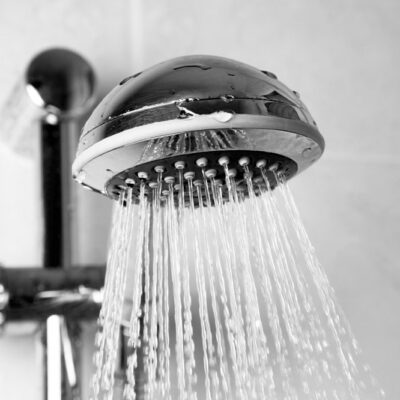
Dresses for all occasions – Tips and best deals
“Dressing to the occasion” is an essential part of getting in the groove of the celebration. Also, understanding the nature of outfits worn for different occasions helps one set the mood effectively. Moreover, researching current fashion trends and the outfits commonly worn at specific events can ensure the best of both worlds. So, here are some common occasions, fashion tips for each, and ways to avail of the best fashion deals: Some common occasions and fashion tips Weddings The first aspect to consider while dressing for weddings is whether a dress theme has been set. For example, some weddings may have a formal dress theme, typically involving a formal dark blazer, white shirt, and a tie, if not a tuxedo. Elaborate cocktail or long-flowing dresses are perfect when attending a wedding. In contrast, tropical or destination weddings may have a casual wedding theme, wherein guests may select their outfits depending on the location. Outfits like sundresses and guayabera shirts may be perfect for such weddings. Pairing a sundress or polka-dot dress with a hat and sunglasses is a great idea for day destination weddings. Cocktail parties Since cocktail parties are typically semi-formal, classic ensembles like jumpsuits, knee-length cocktail dresses and skirts, and stylish trousers may be ideal.
Read Article 









